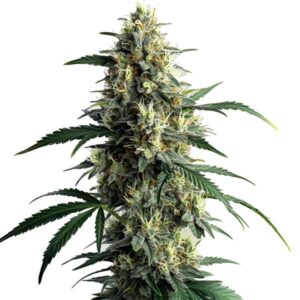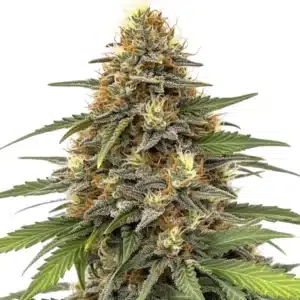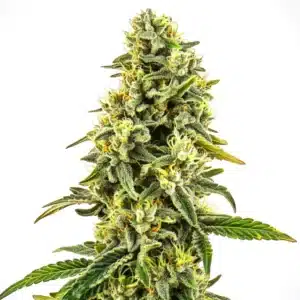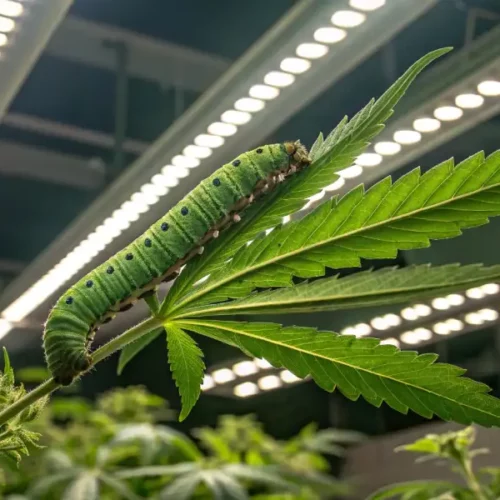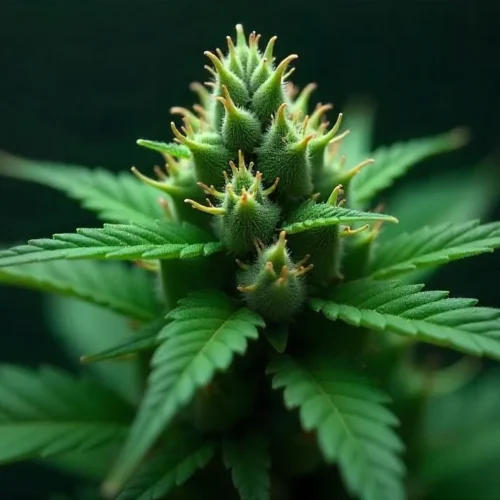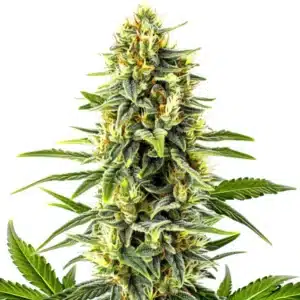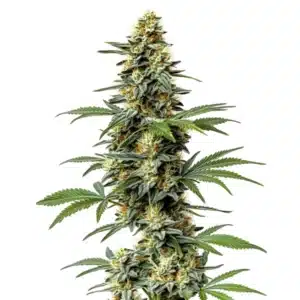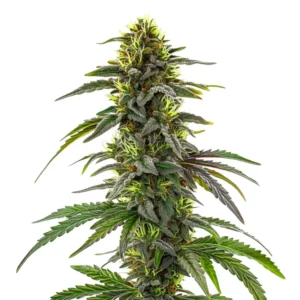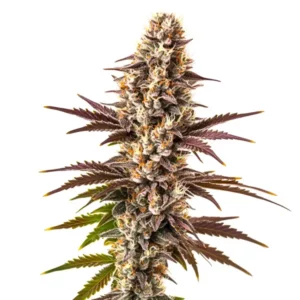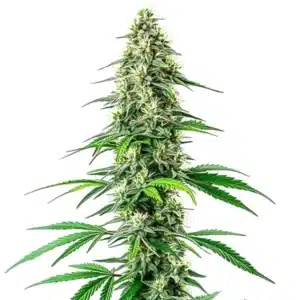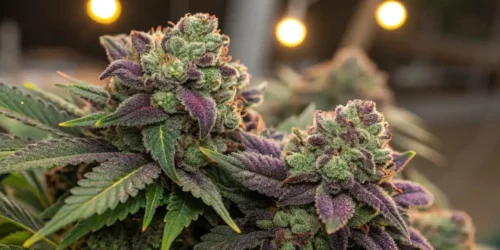Overview of Powdery Mildew Treatment for Cannabis: Historical Perspectives and Current Trends
Early Approaches to Managing Powdery Mildew in Cannabis
Ancient growers relied on natural remedies such as water sprays and herbal infusions to reduce the appearance of mildew on plant leaves. These early methods were based on careful observation and practical experience. Records indicate that even without modern fungicides, traditional cultivators managed to slow mildew spread using simple organic solutions. Their practices laid the foundation for today’s powdery mildew treatment for cannabis.
Ancient texts and folklore reveal that early cultivators experimented with various natural substances to clean leaves and promote plant health. Such early approaches, while rudimentary, showcased a keen awareness of environmental factors and the benefits of regular plant care. These time-tested practices still inspire many modern organic methods.
Shifts in Cultivation Practices and Modern Trends
Over the decades, cultivation methods have evolved significantly, with modern growers incorporating advanced environmental controls and improved hygiene routines to reduce mildew risks. Innovations like automated ventilation systems and precise humidity control have reshaped how powdery mildew treatment for cannabis is implemented today, merging traditional wisdom with scientific precision.
Promos & Deals
Scientific Insights into Powdery Mildew Treatment for Cannabis
Mechanisms of Action Against Powdery Mildew
Laboratory research reveals that certain organic compounds and fungicides interrupt the life cycle of powdery mildew by inhibiting spore germination and fungal growth. Studies indicate that these agents damage the cell structures of the fungus, thereby preventing its rapid spread across plant surfaces. Such findings provide a scientific basis for many powdery mildew treatment for cannabis protocols used by modern cultivators.
Additional experiments have shown that precise application timings and concentration adjustments significantly enhance treatment efficacy. Researchers have observed that even slight changes in the chemical composition of treatments can lead to better suppression of fungal activity, reinforcing the importance of integrating scientific insights into practical cultivation strategies.
Research Findings and Laboratory Studies
Recent controlled experiments have confirmed that treatments using natural oils and bicarbonate solutions can reduce mildew incidence significantly. In these studies, treated plants consistently displayed lower fungal counts than untreated controls, highlighting the effectiveness of preventive strategies in powdery mildew treatment for cannabis.
Integrative Strategies in Powdery Mildew Treatment for Cannabis
Combining Organic and Chemical Solutions
Many growers now prefer an integrated approach that blends organic remedies such as neem oil and potassium bicarbonate with low-toxicity chemical fungicides. This combination not only protects plants from immediate infection but also minimizes long-term exposure to harsh chemicals, ensuring safer and more sustainable powdery mildew treatment for cannabis.
Preventative Measures and Environmental Controls
Implementing strict environmental controls, including maintaining optimal humidity and ensuring proper airflow, forms the backbone of effective mildew prevention. Regular cleaning routines and monitoring of plant conditions further reduce the likelihood of fungal outbreaks, making these practices essential for any powdery mildew treatment for cannabis strategy.
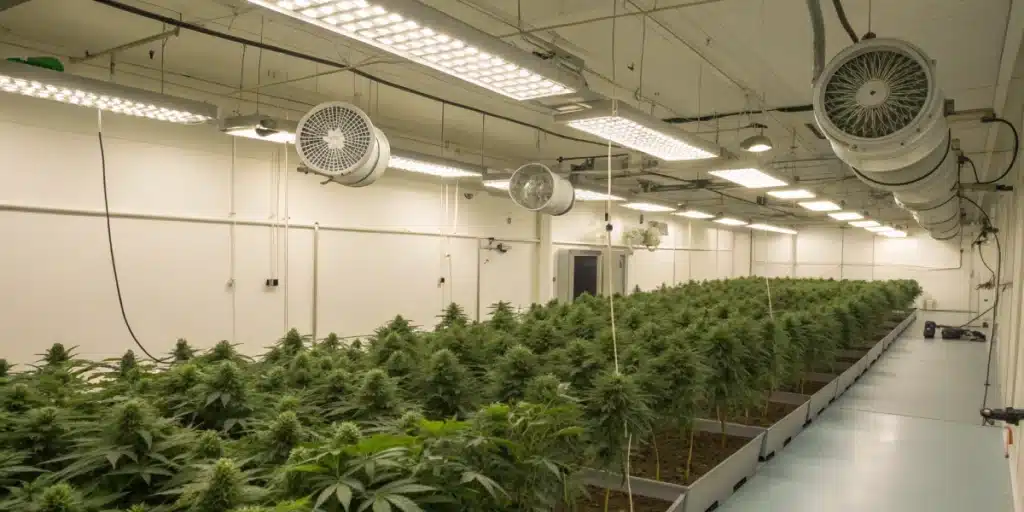
Safety and Regulatory Considerations for Powdery Mildew Treatment for Cannabis
Legal Framework and Compliance Updates
Government regulations and industry standards continue to evolve, ensuring that fungicides and organic treatments used in cannabis cultivation meet rigorous safety criteria. Compliance with these legal frameworks is essential for growers, who must keep abreast of updates that affect product formulations and application protocols in powdery mildew treatment for cannabis.
Regulatory bodies now require detailed product testing, accurate labeling, and strict adherence to usage guidelines. These measures help maintain high quality and safety standards, protecting both the consumer and the environment while supporting the legitimacy of integrated cultivation practices.
Quality Control and Application Protocols
High standards of quality control are maintained through rigorous testing and certification processes. Each product used in mildew management undergoes extensive laboratory analysis to ensure consistent performance and safety, forming a critical part of any effective powdery mildew treatment for cannabis regimen.
Detailed application protocols dictate the correct timing, dilution ratios, and frequency of treatment applications. Following these guidelines helps maximize efficacy while minimizing risks, allowing growers to confidently implement these solutions as part of their overall crop protection strategy.
Case Studies and Community Impact on Powdery Mildew Treatment for Cannabis
Detailed Grower Case Studies and Success Stories
Several grower case studies have documented significant improvements after implementing integrated mildew management strategies. For example, one indoor cultivation operation reported a dramatic reduction in mildew outbreaks by adopting a routine of preventive organic sprays combined with improved ventilation. Such success stories illustrate practical applications of powdery mildew treatment for cannabis that can inspire and inform fellow cultivators.
Growers from various communities have shared their journeys through detailed reports, emphasizing the importance of routine maintenance and prompt intervention. These firsthand accounts provide valuable lessons on how tailored approaches can lead to healthier plants and more abundant yields, reinforcing the effectiveness of well-planned mildew management strategies.
Expert Feedback and Cultivator Insights
Seasoned cultivators consistently report that integrated treatment methods yield better plant health and resilience. Many experts recommend a combination of regular monitoring and prompt, strategic intervention as the most reliable method for powdery mildew treatment for cannabis. Their insights are based on years of hands-on practice and careful observation of treatment outcomes.
Industry experts have also noted that collaborative sharing of successful techniques helps refine overall cultivation practices. Detailed feedback from diverse growers contributes to an evolving body of knowledge, enabling continuous improvements in how mildew issues are addressed in cannabis crops.
Practical Tips for Powdery Mildew Treatment for Cannabis
Simple Daily Maintenance Practices
Daily inspections and routine cleaning of plant leaves and cultivation equipment are simple yet powerful methods to prevent mildew outbreaks. By dedicating just a few minutes each day to check for early signs of powdery mildew, growers can intervene quickly, applying targeted treatments before the fungus spreads extensively across their crops.
Consistent daily maintenance, including gentle leaf wiping and careful removal of affected plant parts, creates an environment that discourages fungal growth. These straightforward practices have become an essential component of any successful powdery mildew treatment for cannabis, ensuring that plants remain robust and disease-free.
Recommended Products and Natural Remedies
A wide range of products is available to support effective mildew management, including organic options like neem oil, diluted milk sprays, and potassium bicarbonate solutions. These natural remedies have been validated by many growers as safe and effective alternatives that complement other treatments in powdery mildew treatment for cannabis.
Using these products as part of a regular maintenance routine can help prevent outbreaks and keep plants in optimal condition. Careful selection based on product quality and compatibility with your growing environment is essential for achieving the best possible results in managing powdery mildew.
Optimizing Growth Conditions to Prevent Powdery Mildew
Environmental Adjustments and Humidity Control
Adjusting the growing environment is critical for preventing powdery mildew. Maintaining optimal humidity levels, ensuring adequate airflow, and using dehumidifiers when necessary all contribute to reducing the moisture that powdery mildew thrives on. These environmental adjustments are a key element in any effective powdery mildew treatment for cannabis.
Regular monitoring of temperature and humidity using reliable instruments allows growers to make timely adjustments. Such proactive environmental management creates conditions that naturally inhibit fungal growth, ultimately leading to healthier plants and more successful yields.
Soil Health and Nutrient Management
Healthy soil is the foundation of robust plant growth and natural disease resistance. Maintaining balanced nutrient levels, proper pH, and excellent drainage supports vigorous growth and strengthens plants against infections. Good soil health is an integral part of any comprehensive powdery mildew treatment for cannabis plan.
Regular soil testing and timely amendments ensure that plants receive the nutrients they need without excess moisture that can encourage mildew. By focusing on soil quality, growers create a strong, natural defense that complements other treatment methods, fostering overall plant resilience and productivity.
Additional Remarks on Powdery Mildew Treatment for Cannabis
The strategies discussed above offer reliable methods for managing powdery mildew while keeping cultivation safe and sustainable. Implementing a routine that includes regular cleaning, environmental adjustments, and timely application of both organic and chemical treatments can make a significant difference. Such practices not only reduce disease outbreaks but also contribute to overall plant health and crop yield.
Consistent attention to detail in daily maintenance and adherence to recommended protocols builds a strong foundation for long-term crop success. By blending traditional methods with modern innovations, growers can effectively control mildew, ensuring that their cannabis remains vigorous and productive throughout the growing cycle.

FAQs about powdery mildew treatment for cannabis
What methods are most effective in managing powdery mildew?
Powdery mildew treatment for cannabis typically involves a mix of preventive cultural practices and targeted interventions. Many growers use organic sprays like neem oil or bicarbonate solutions to minimize fungal spread. Regular monitoring, proper airflow, and humidity control further enhance the effectiveness of these treatments. This multifaceted approach helps reduce the occurrence of mildew while promoting robust plant growth and overall crop health.
How can environmental factors influence mildew control?
Environmental conditions such as temperature, humidity, and airflow significantly impact the spread of powdery mildew on cannabis. Optimal environmental management creates conditions that discourage fungal growth. Growers who maintain low humidity levels, ensure proper ventilation, and monitor climate conditions regularly tend to experience fewer outbreaks. These proactive measures play an essential part in any powdery mildew treatment for cannabis strategy by reducing the overall risk of infection.
Which products are recommended for organic mildew management?
Many experts recommend using organic products such as neem oil, diluted milk sprays, and potassium bicarbonate solutions for managing powdery mildew on cannabis. These natural remedies work by inhibiting fungal growth without harming the plant. Regular application of these products, combined with good cultivation practices and environmental controls, has proven effective in reducing mildew outbreaks and maintaining healthy, productive crops in powdery mildew treatment for cannabis.

